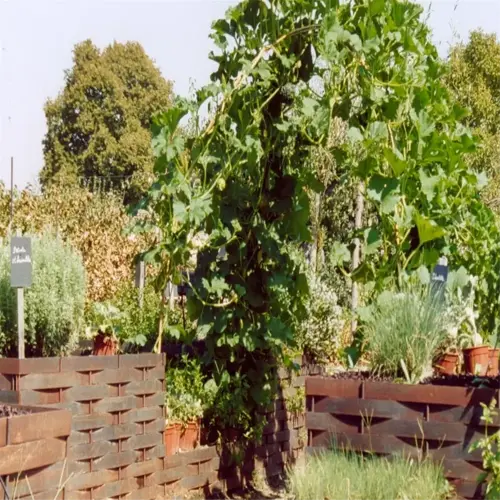Can tap water harm my plants?

Written by
Nguyen Minh
Reviewed by
Prof. Charles Hartman, Ph.D.The concealed chemicals present in tap water, a case in point is fluoride and chlorine, are damaging. For example, I had a nasty case of brown leaf tips on my spider plant that never improved until I changed to rainwater. Often, municipal water has beneficial minerals that build up in the soil, gradually burning tender roots and creating soft crusty leaf edges. You can always check the TDS (Total Dissolved Solids) levels in your water with a sub-$15 TDS meter. If your TDS is above 200 ppm, your tap water could cause issues.
Chemical Buildup
- Chlorine >0.8 ppm damages root membranes
- Fluoride causes tip burn in dracaenas and palms
- Solution: Let tap water sit 24 hours to evaporate chlorine
Hard Water Issues
- Calcium/magnesium deposits create white soil crusts
- Blocks nutrient absorption in African violets
- Solution: Use rainwater or reverse osmosis filtration
Soil Health
- Salt accumulation compacts soil over time
- Flush pots monthly with distilled water
- Add perlite to improve drainage and mineral leaching
I rehabilitated a peace lily with a combination of rainwater and flushing its soil weekly.In about six weeks, new foliage began appearing with no signs of distress.For those living in an apartment, countertop distillers or ZeroWater pitchers remove 99% of the solids from tap water making it usable again.Always use room temperature water as cold water shocks the roots further complicating the plant's ability to absorb nutrients.
Soil Amendments
- Mix 20% horticultural charcoal to absorb impurities
- Layer sphagnum moss atop soil to filter surface minerals
- Repot annually to reset salt levels
Watering Techniques
- Bottom-watering reduces mineral deposits on soil
- Water deeply until 20% drains out, flushes salts
- Avoid splashing leaves to prevent tip burn
Read the full article: Understanding and Fixing Brown Leaf Edges on Plants

